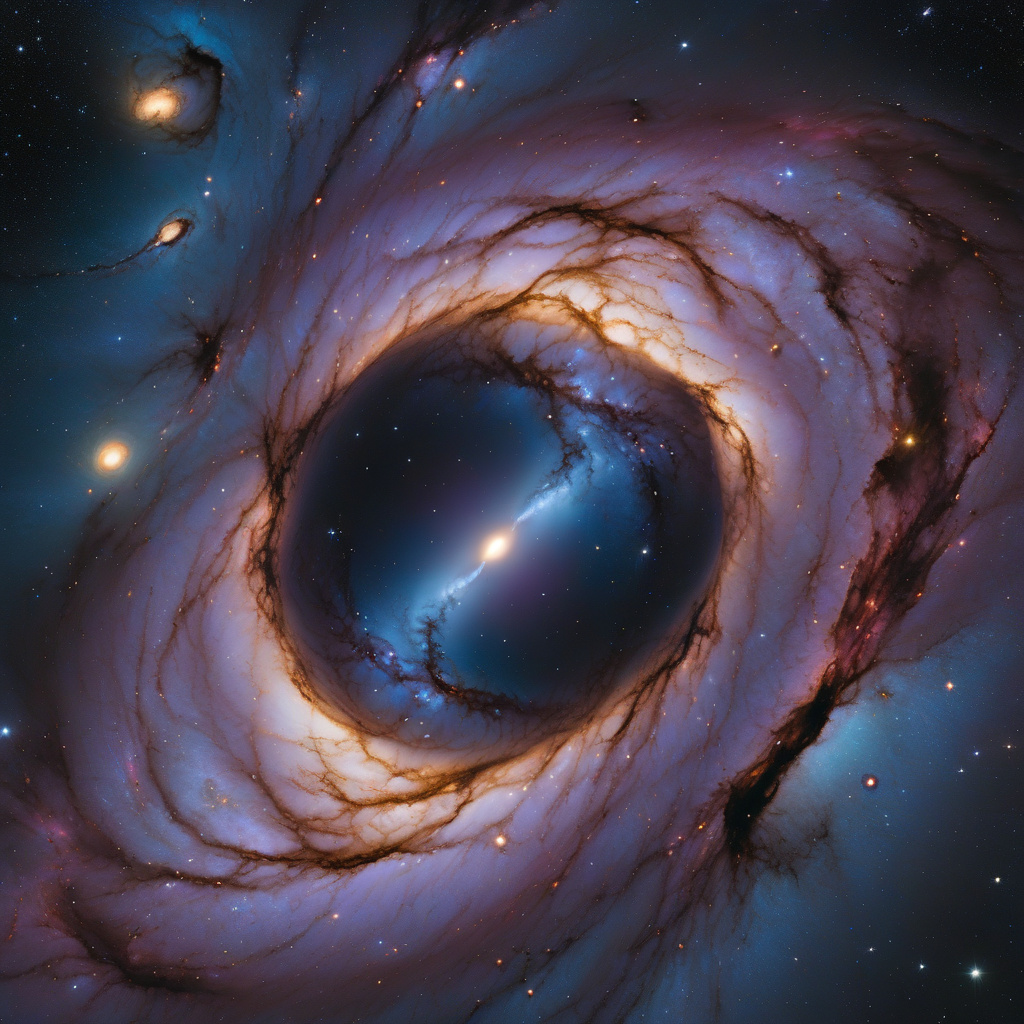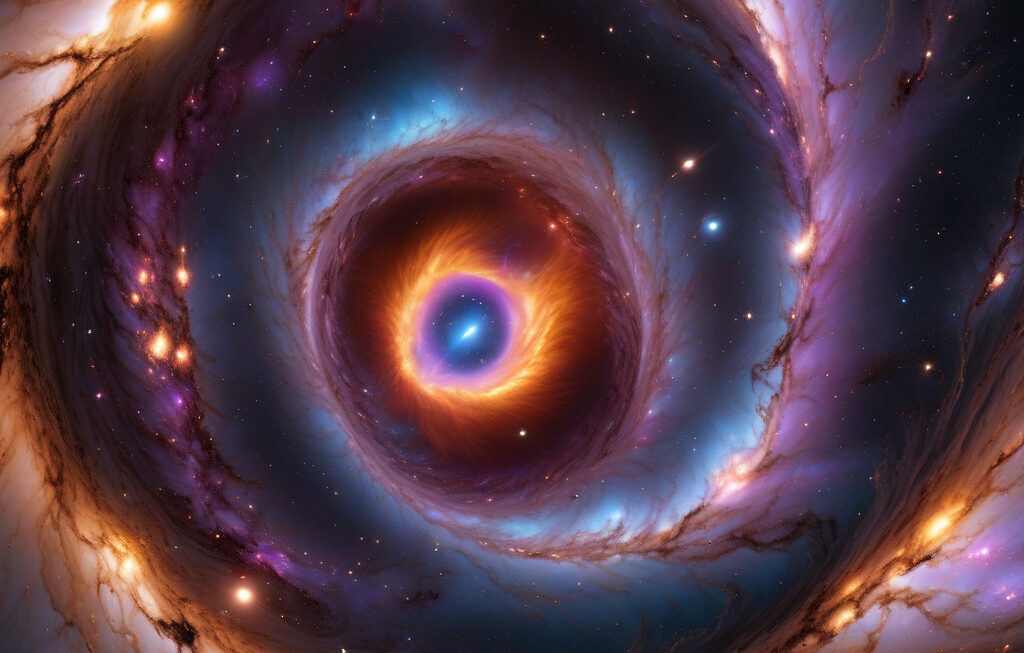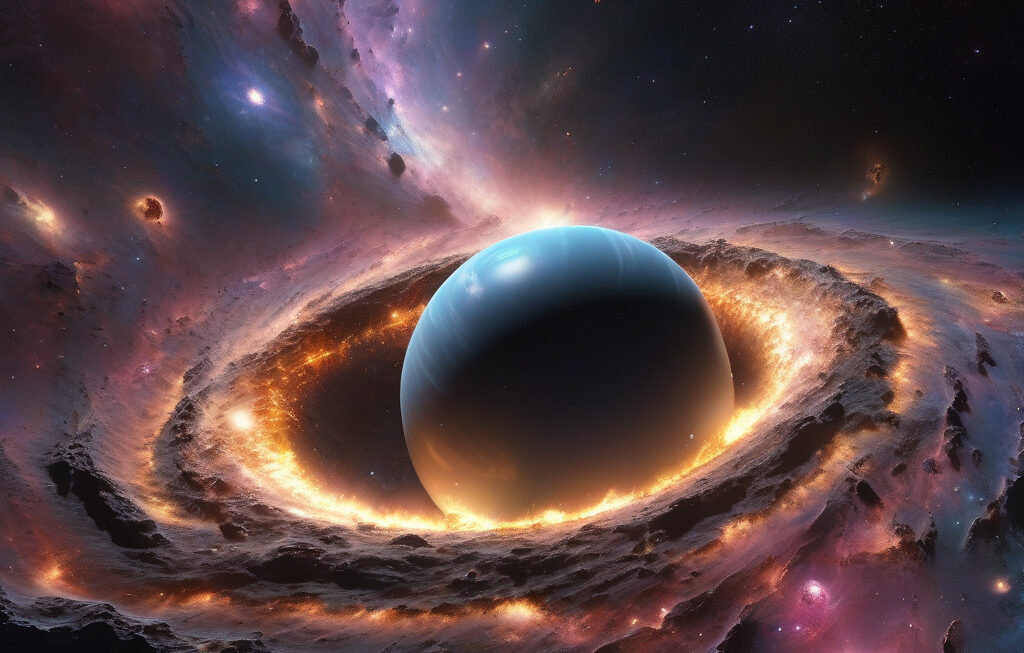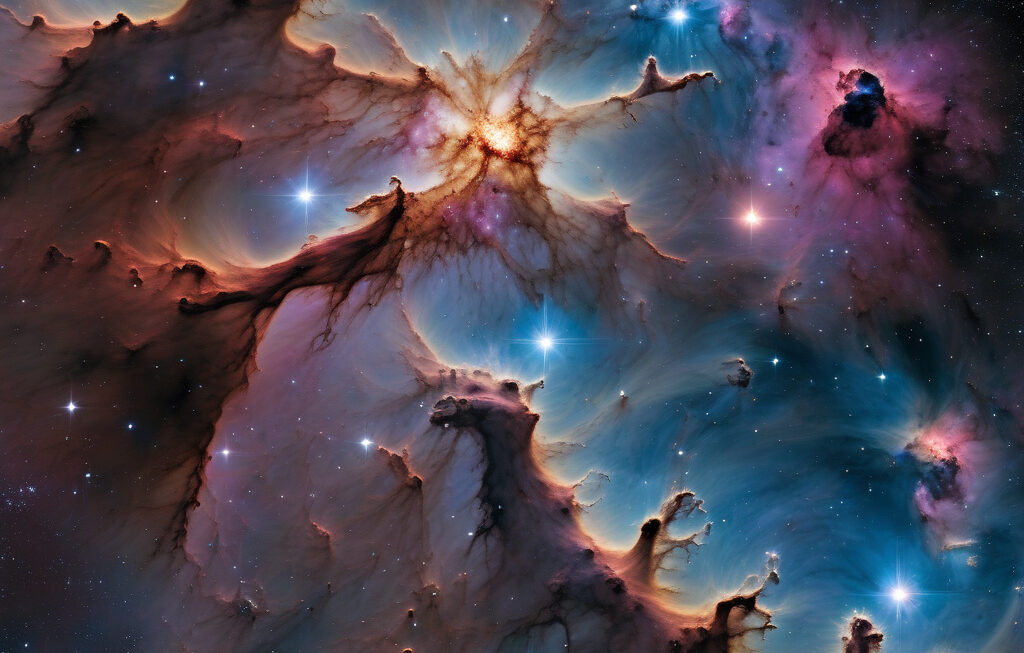Cosmic Twist: Ursa Major III Unveils a Black Hole Core, Not Dark Matter
For years, astronomers have been intrigued by the faintest known satellite of our Milky Way, Ursa Major III. This diminutive galaxy, located about 100,000 light-years away, has long been shrouded in mystery. Initially thought to be dominated by dark matter like its galactic counterparts, recent groundbreaking research has revealed a startling truth – Ursa Major III is harboring a black hole at its core, challenging conventional wisdom and reshaping our understanding of the cosmos.
The discovery of a black hole at the heart of Ursa Major III was no small feat. Typically, black holes are found in massive galaxies, not in the modest confines of dwarf galaxies like Ursa Major III. This unexpected finding has sent shockwaves through the astronomical community, prompting a reevaluation of existing models of galaxy formation and evolution.
Dr. Elena Rodriguez, lead researcher on the Ursa Major III study, explains the significance of this discovery: “Finding a black hole in Ursa Major III was completely unexpected. It forces us to rethink our assumptions about the relationship between galaxy size and the presence of black holes. This discovery opens up new avenues for exploring the connections between dark matter, black holes, and galaxy evolution.”
One of the key implications of this discovery is the role that black holes may play in the formation and evolution of dwarf galaxies. Traditionally, dark matter has been considered the primary driver of galaxy dynamics, providing the gravitational glue that holds these cosmic structures together. However, the presence of a black hole in Ursa Major III suggests that these enigmatic objects may exert a more significant influence on galaxy properties than previously thought.
Furthermore, the discovery of a black hole in Ursa Major III has raised questions about the origins of these mysterious cosmic entities. How do black holes form in dwarf galaxies, and what processes lead to their growth and evolution over cosmic time? These are just some of the questions that astronomers are now grappling with in light of this groundbreaking discovery.
Looking ahead, researchers are eager to conduct further studies of Ursa Major III to unravel the secrets of this small but enigmatic galaxy. By peering deeper into its core and mapping out the distribution of stars, gas, and dark matter, scientists hope to gain a more comprehensive understanding of the interplay between black holes and galaxy evolution.
As we stand on the brink of a new era of discovery in astrophysics, the case of Ursa Major III serves as a poignant reminder of the vast unknowns that still exist in our universe. With each new revelation, we are reminded of the boundless complexity and diversity of the cosmos, challenging us to push the boundaries of our knowledge and explore the uncharted territories of the universe.
#CosmicTwist, #BlackHoleCore, #UrsaMajorIII, #GalaxyEvolution, #AstronomicalDiscovery












